Picture this: It's the 90s, and we’re sipping on neon-colored sodas, blissfully unaware of the sugary avalanche hitting our systems. Fast forward to today, and the scene is drastically different.
Consumers now gravitate towards flavors that promise not just taste but a side of health benefits. Enter wellness flavors, the rock stars of the flavor world, taking the stage with a promise of both indulgence and nourishment.
Wellness flavors are not just about taste; they’re about tapping into the growing consumer desire for health and wellness. According to a report by Grand View Research, the global functional foods market is expected to reach a staggering $275.77 billion by 2025. This surge is fueled by a new wave of health-conscious consumers who read labels as if they were the latest bestsellers and seek foods that contribute to their well-being. A survey by the International Food Information Council found that 56% of consumers are actively seeking health benefits from their food and beverages.
It's a wellness revolution, and flavorists are at the helm.
The Science Behind Wellness Flavors
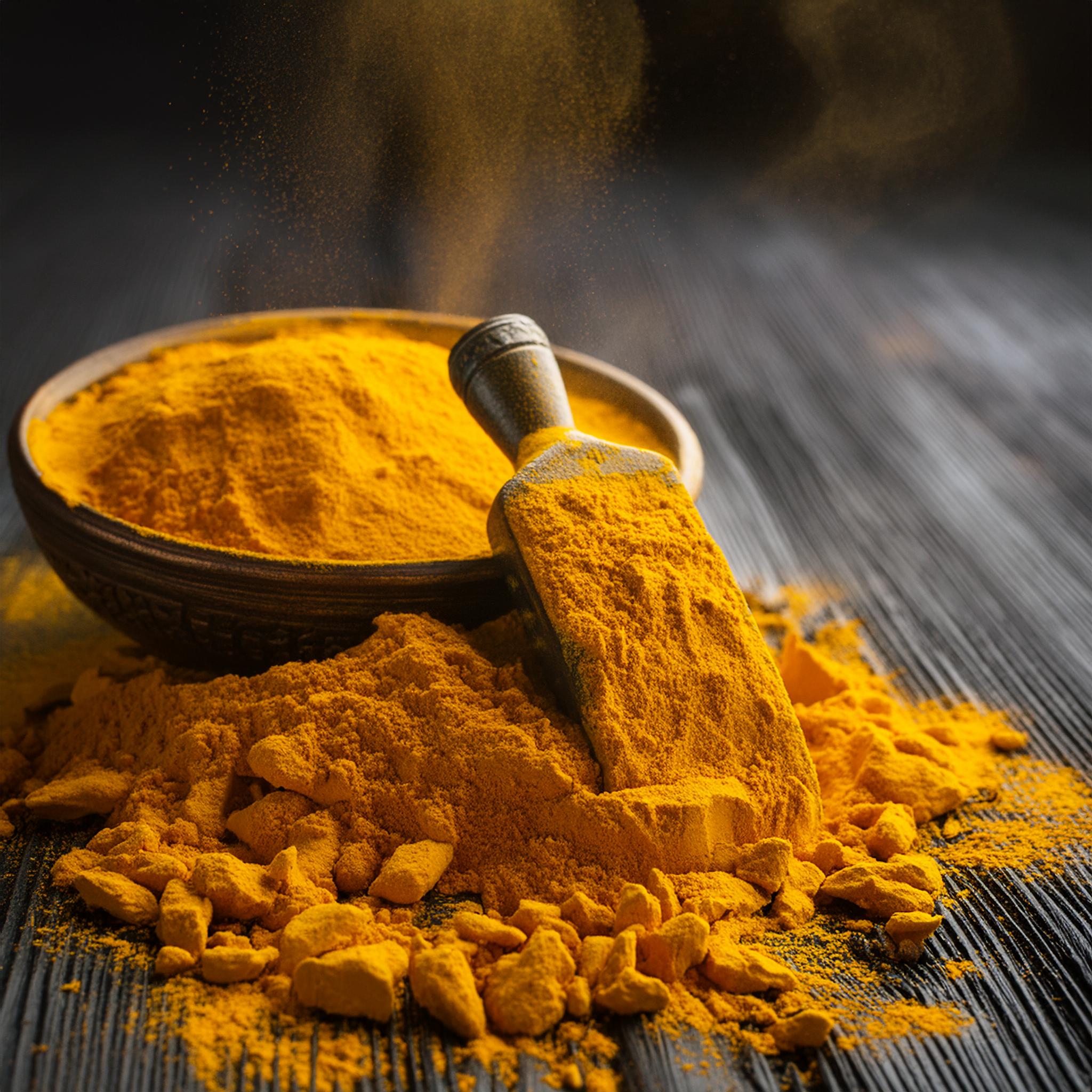
Turmeric
Turmeric isn't just the darling of curries; it's a powerhouse known for its anti-inflammatory properties, making it a popular addition in wellness drinks and snacks. Over the past year, global demand for turmeric has surged by 30%, driven by its association with health benefits.
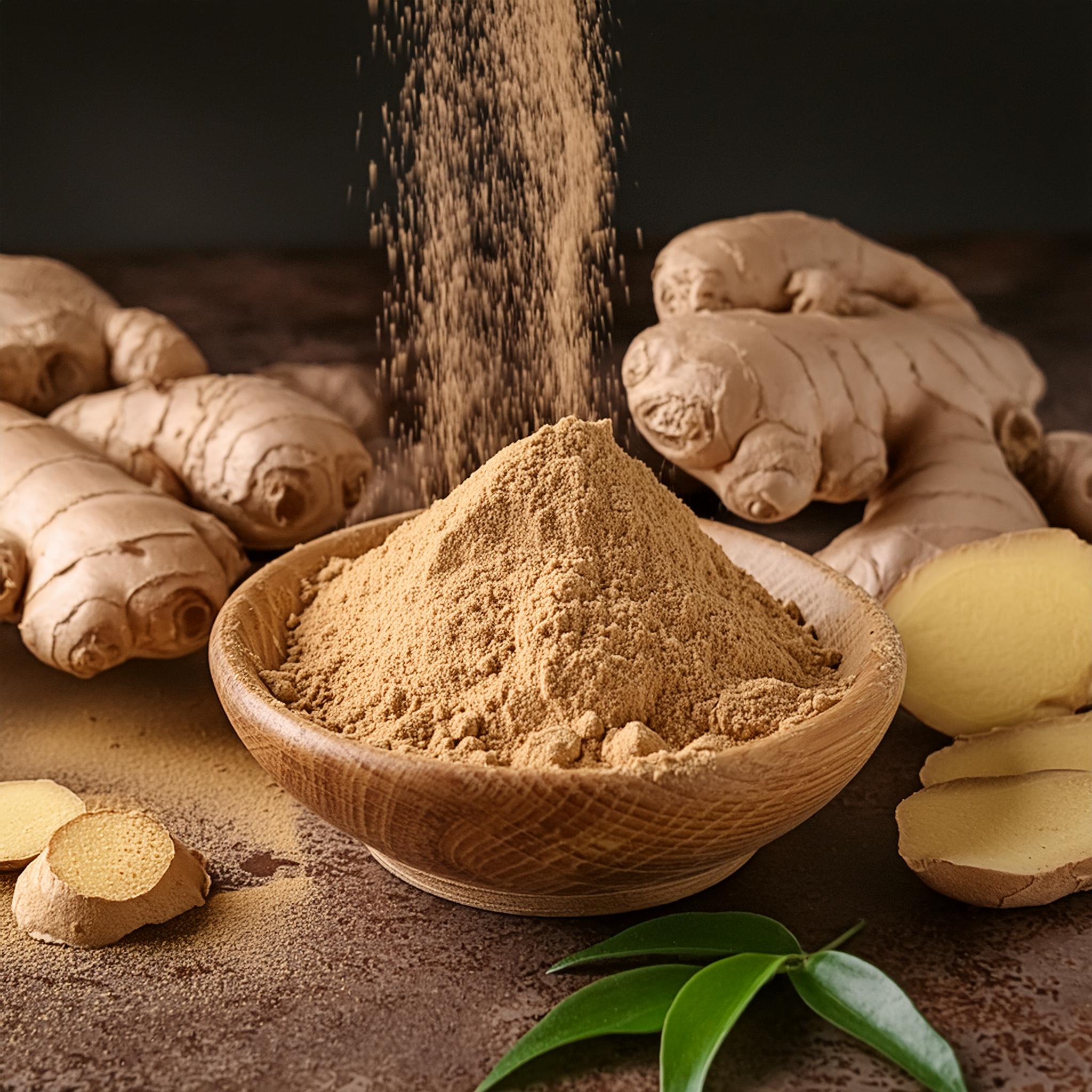
Ginger
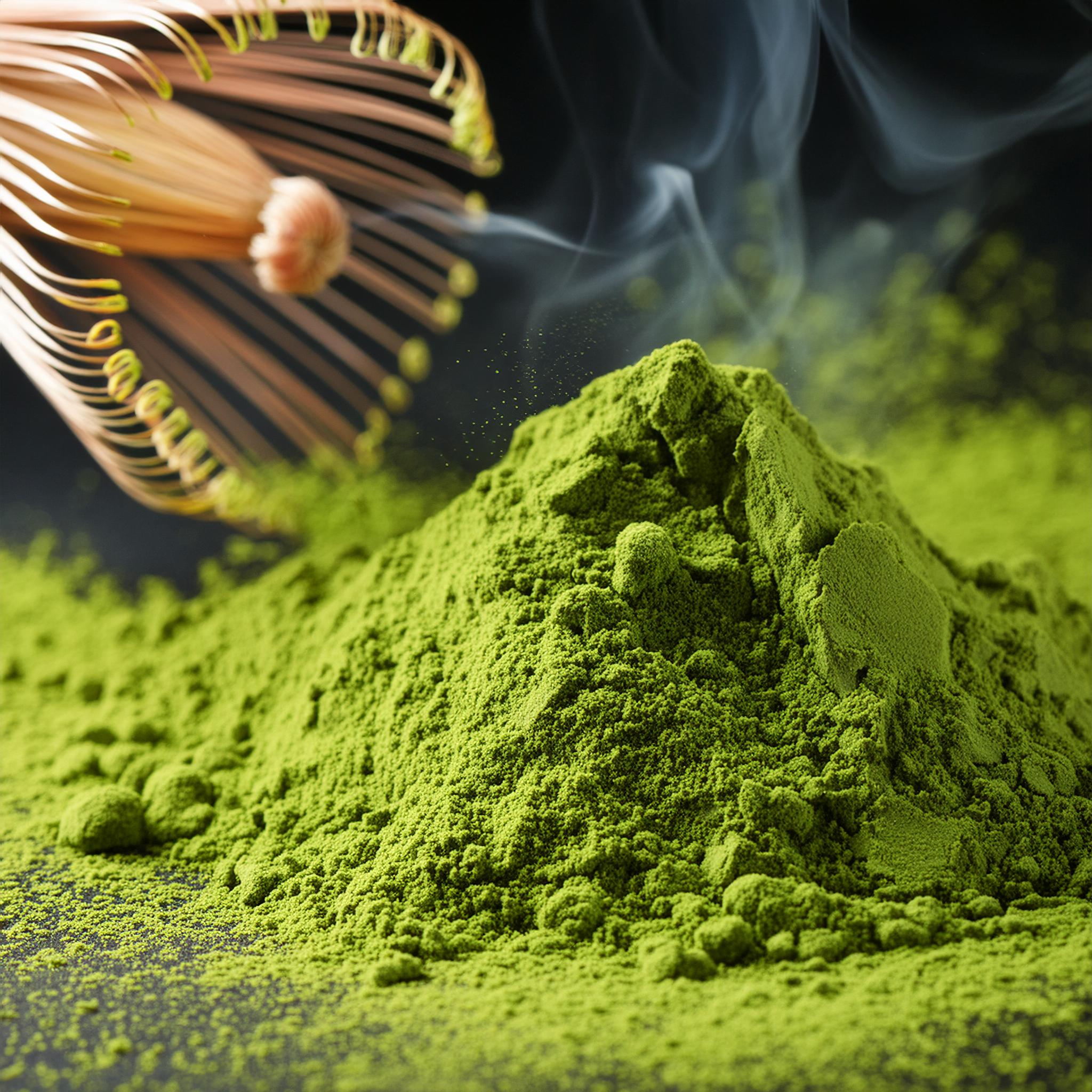
Matcha
Market Trends and Consumer Preferences
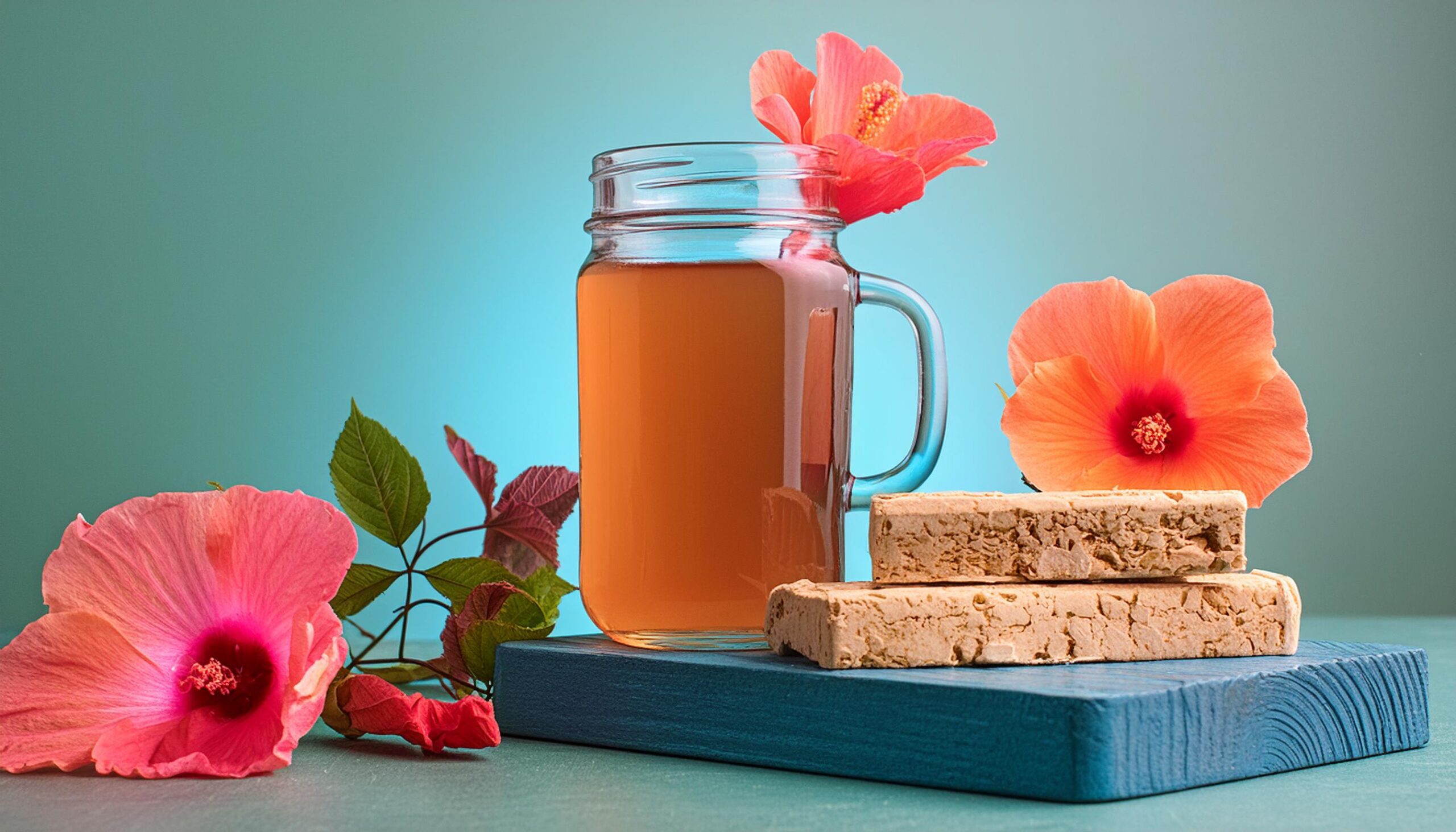
The wellness wave has brought with it a seismic shift towards plant-based and clean label products. Consumers are ditching artificial additives like they’re last season’s fashion faux pas, opting instead for natural, recognizable ingredients. Data from a 2023 report by Mintel shows that 64% of consumers prioritize clean labels when purchasing food and beverages.
This trend isn’t just limited to health food stores. Mainstream supermarkets are stocking their shelves with wellness-flavored products, from kombucha with a hint of hibiscus to protein bars infused with adaptogenic herbs like ashwagandha. These products aren’t just targeting the health nuts; they're appealing to a broad demographic, including millennials and Gen Z, who are particularly mindful about what they consume.
Interesting fact: A Nielsen survey found that 39% of Gen Z and millennial consumers are willing to pay a premium for products with perceived health benefits. This highlights a significant opportunity for flavorists to innovate and create premium wellness flavors that can command higher market prices.
The Future of Wellness Flavors
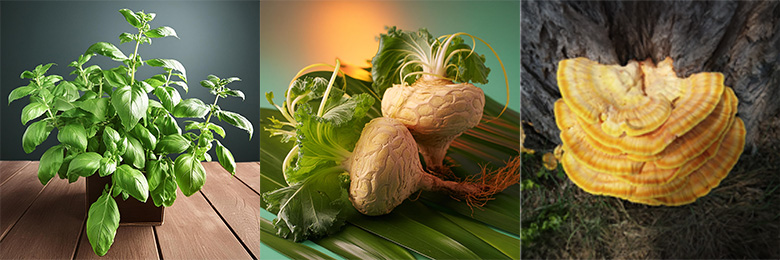
Looking ahead, the future of wellness flavors is as bright as a turmeric latte. Emerging ingredients like adaptogens, nootropics, and probiotics are set to become the next big thing. Ingredients such as holy basil (tulsi), maca root, and reishi mushrooms are gaining traction for their stress-relieving and cognitive-boosting properties.
Advancements in flavor technology and formulation techniques will further enhance the ability to create sophisticated wellness flavors. Techniques such as microencapsulation can help preserve the integrity of sensitive ingredients, ensuring they deliver both flavor and function effectively.
Flavor Artisans: Charting New Territories
Remember when kale was the new kid on the block? Well, move over kale, there's a new superfood in town—and it comes with a flavor twist. The rise of wellness flavors is not just a fleeting trend; it’s a flavorful revolution. As flavorists, we have the unique opportunity to lead this charge, blending taste with health to create products that delight and nourish.
So, let’s get experimenting. Share your wellness flavor creations, swap ideas with fellow flavorists, and most importantly, keep pushing the boundaries of what’s possible. The future of flavor is wellness, and it’s time to savor every moment of it.
Insights & Trends
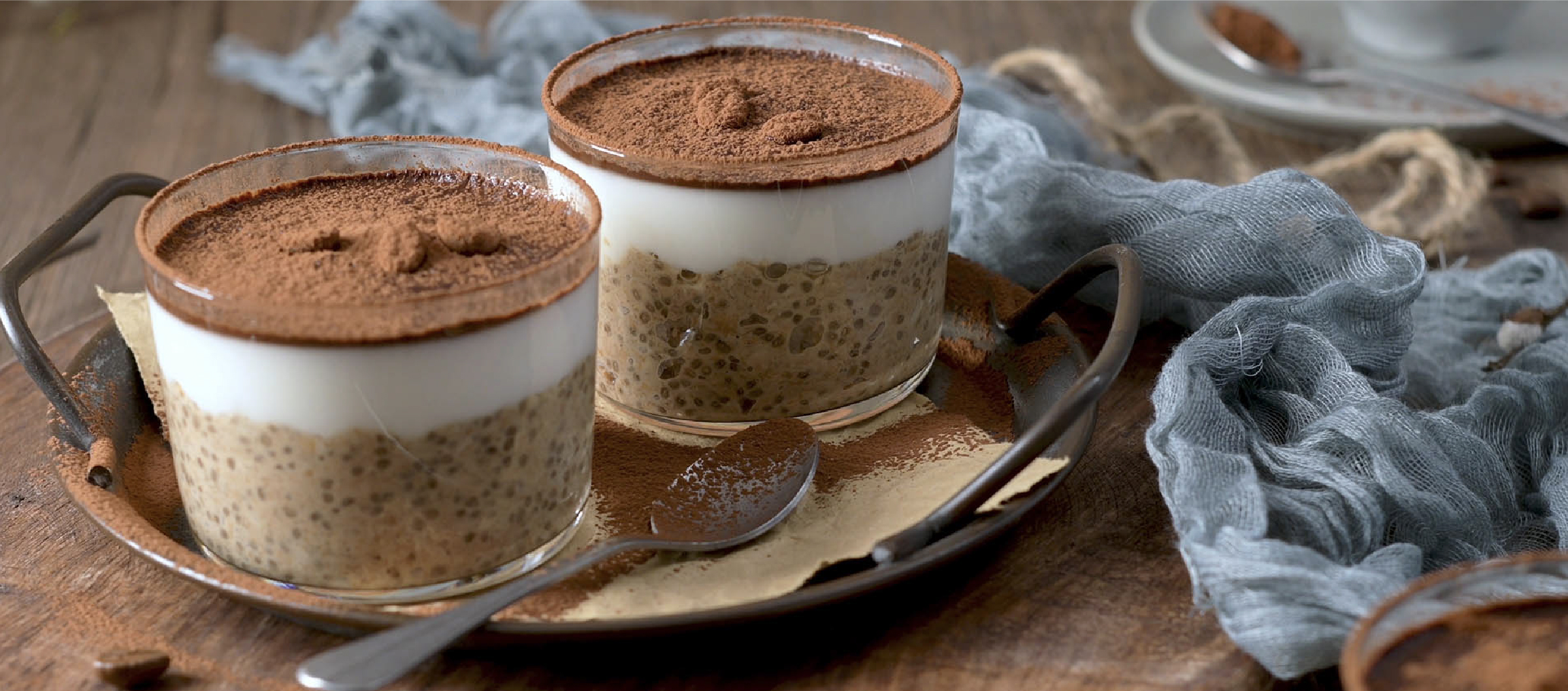
Stack Attack
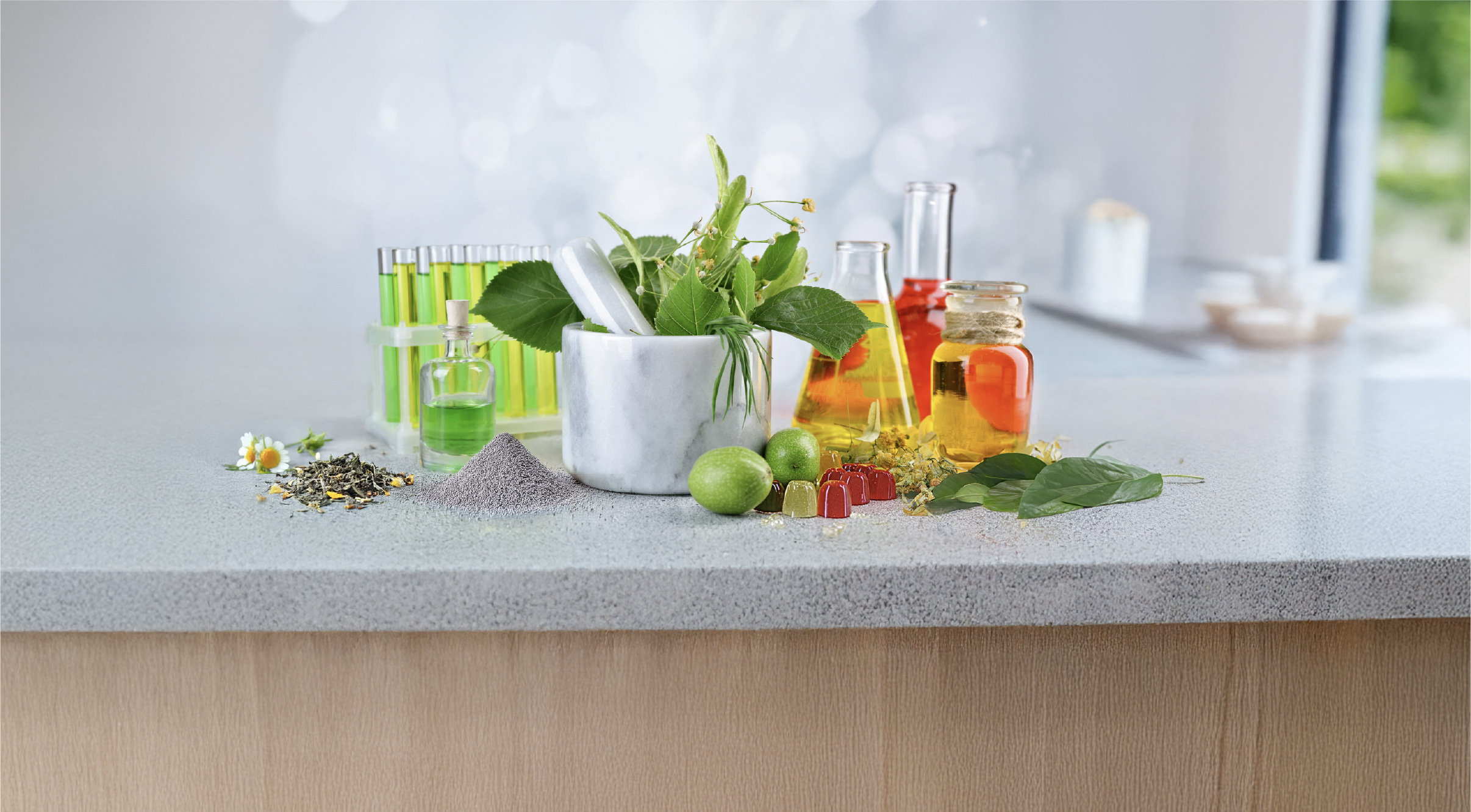
The Aftertaste Ambush
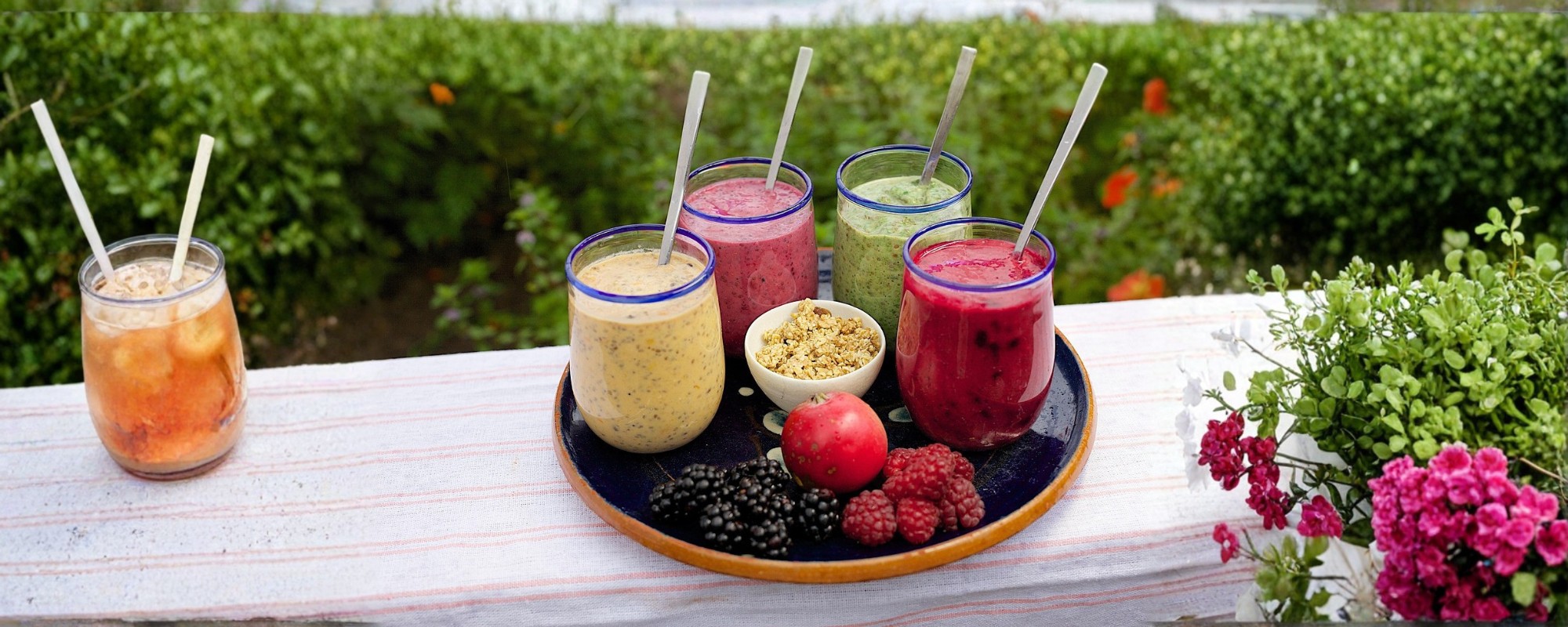
Function in Disguise

When Texture Talks Louder Than Taste
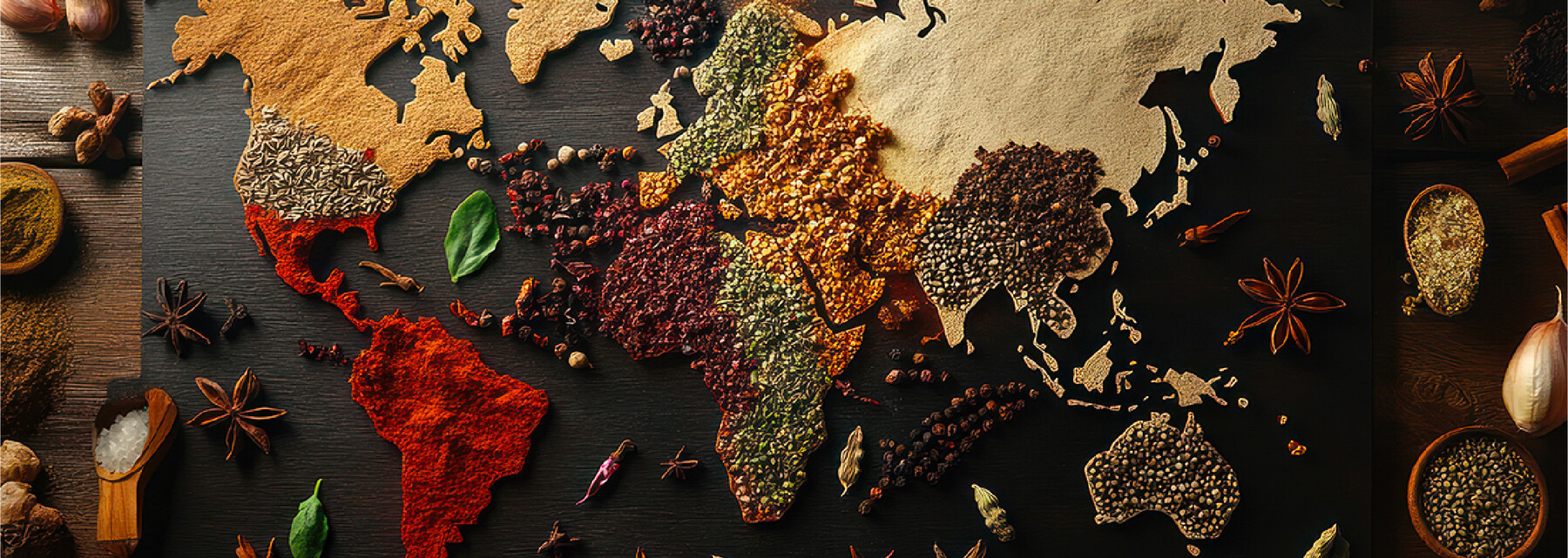
Spice. Sprinkle. Savor.
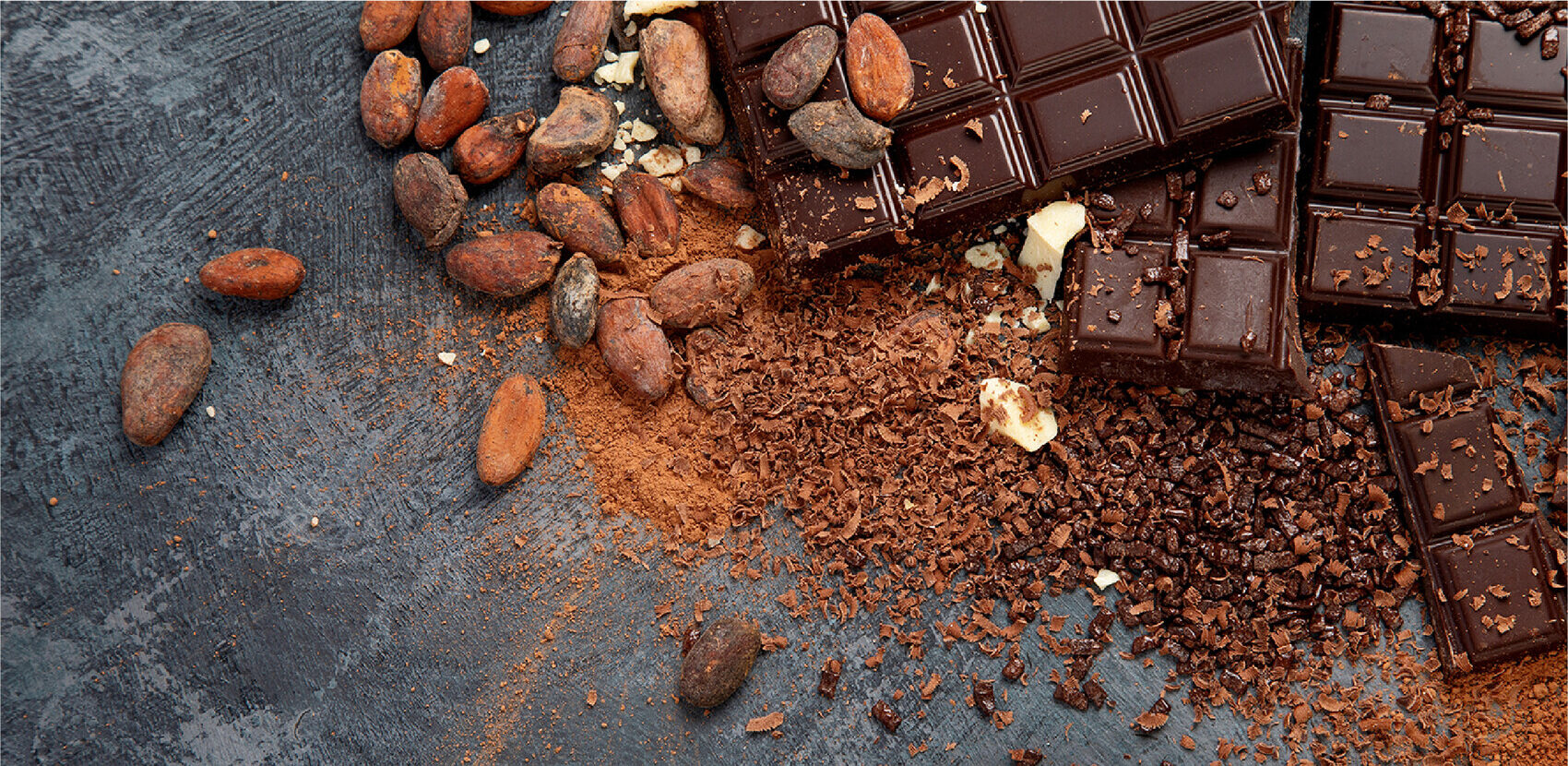
When Less Is More

From Snack to Savor

Precision Fermentation
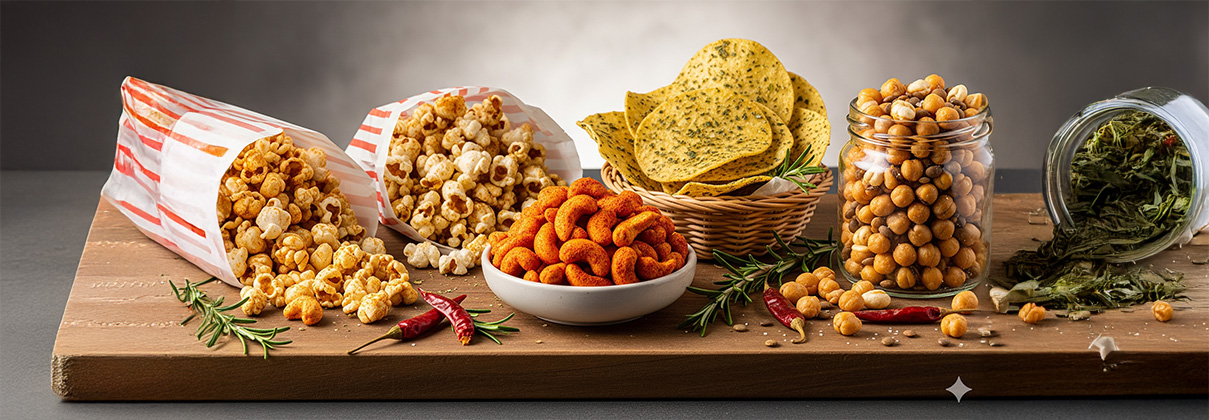
Snackification Nation
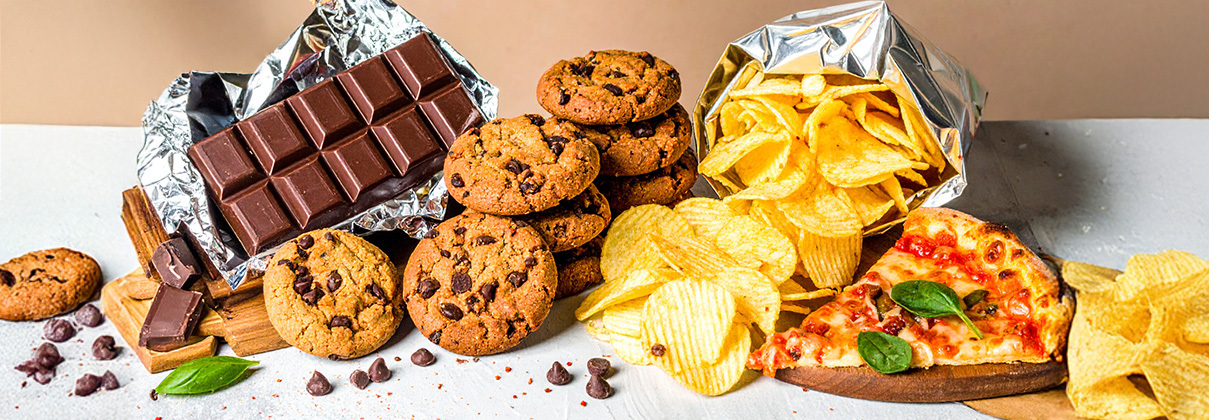
Snack to the Future

Fizz With Benefits
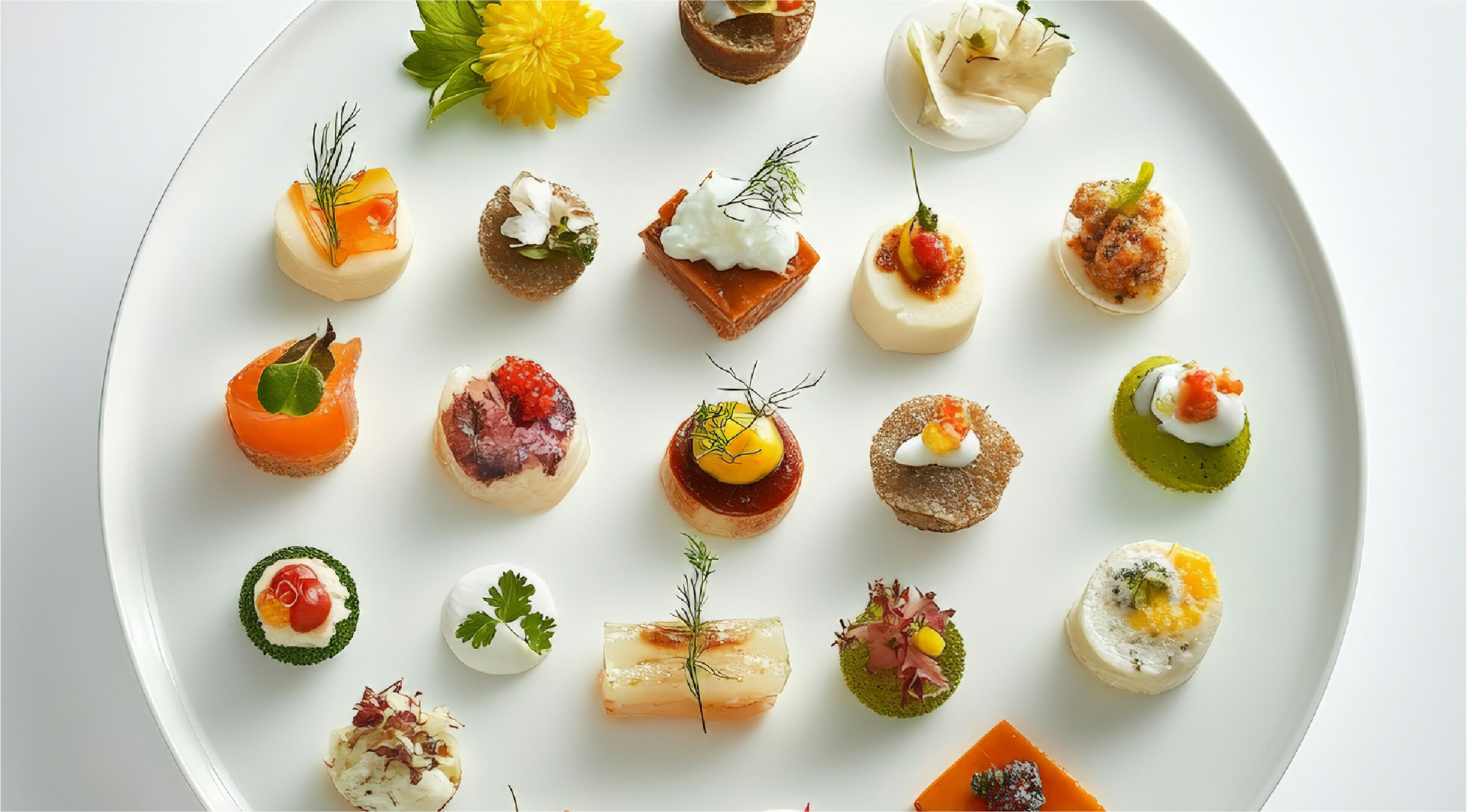
Satisfy in a Single Bite
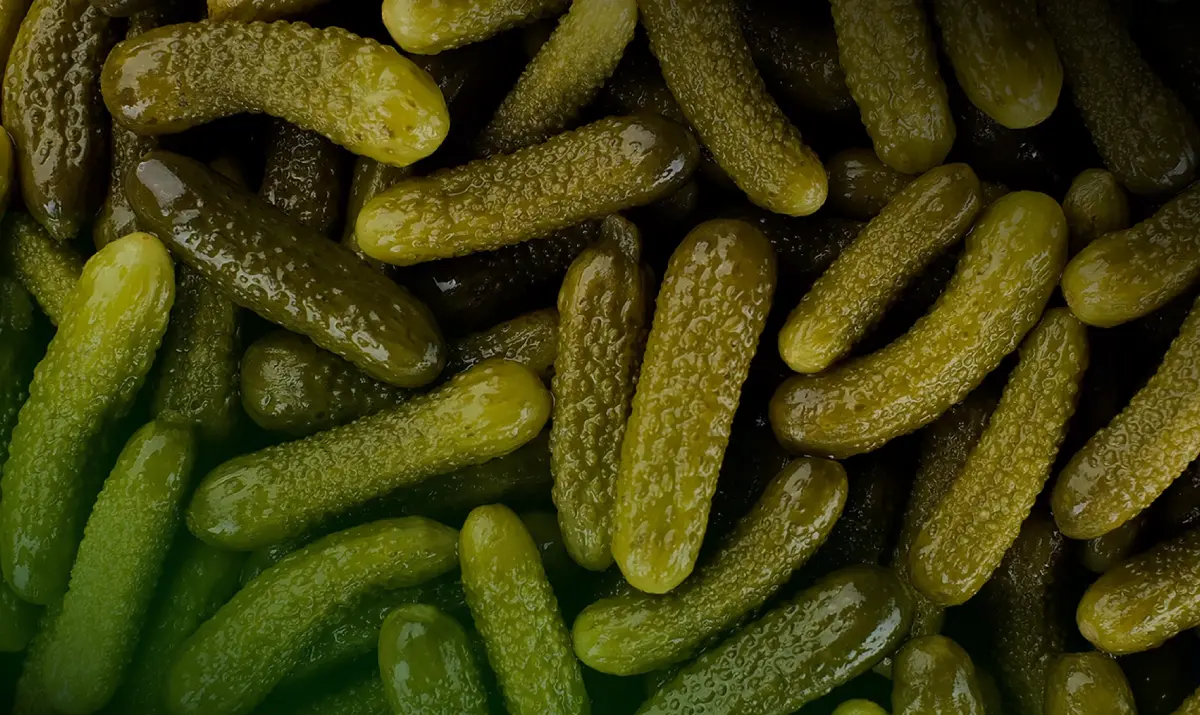
From Brine to Brain
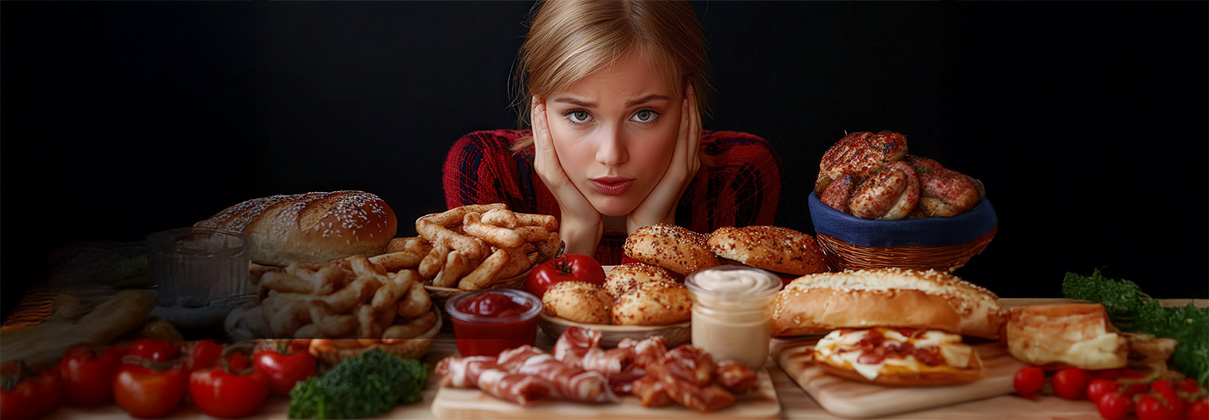
Taste Bud Turmoil

The Salty Snack Game Is Changing: What It Takes to Win with Today’s Consumers

Label Fatigue: Are We Overwhelming the Consumer with Too Much Information?
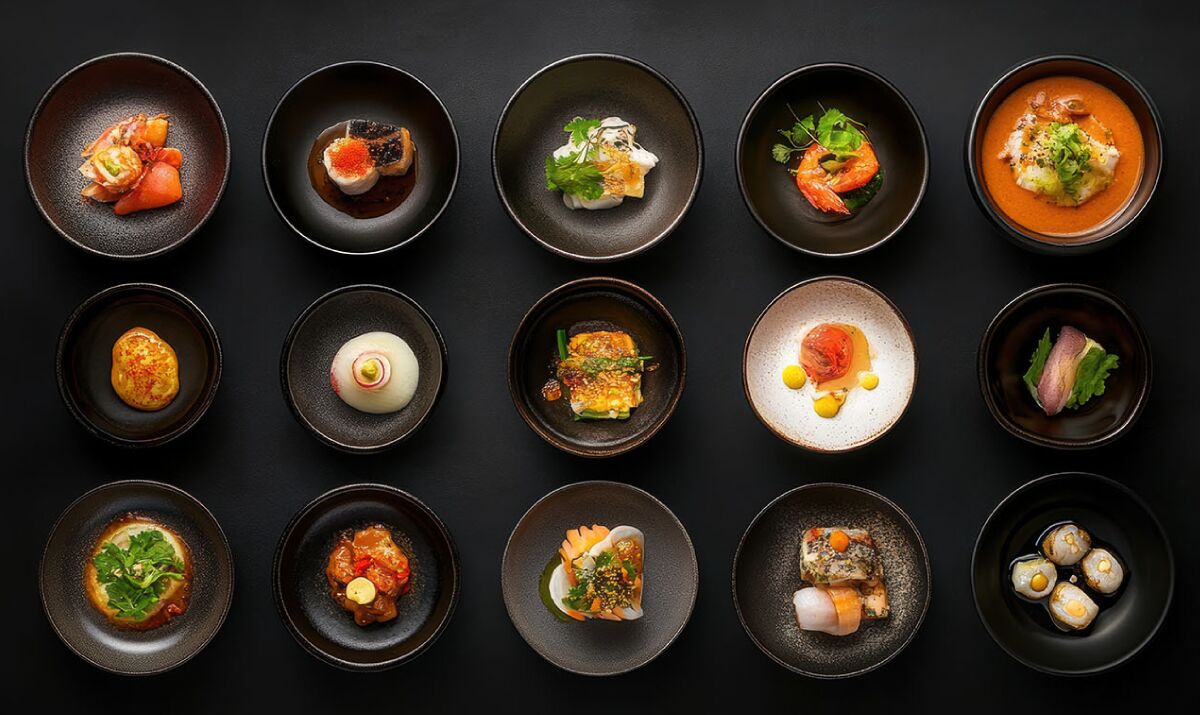
Go Big or Go Bland: The Rise of Maximalism in Taste
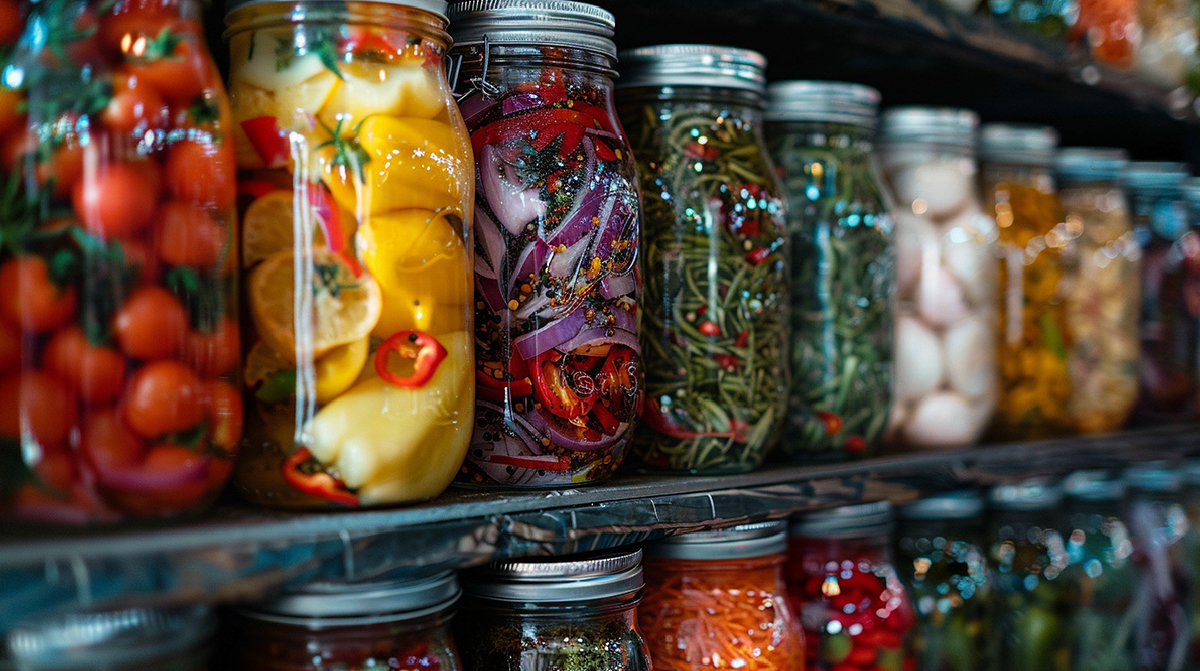
Tackling Food Waste from Every Angle: From Policy to Plate

How Health, Tech, and Global Events Are Changing What We Eat


